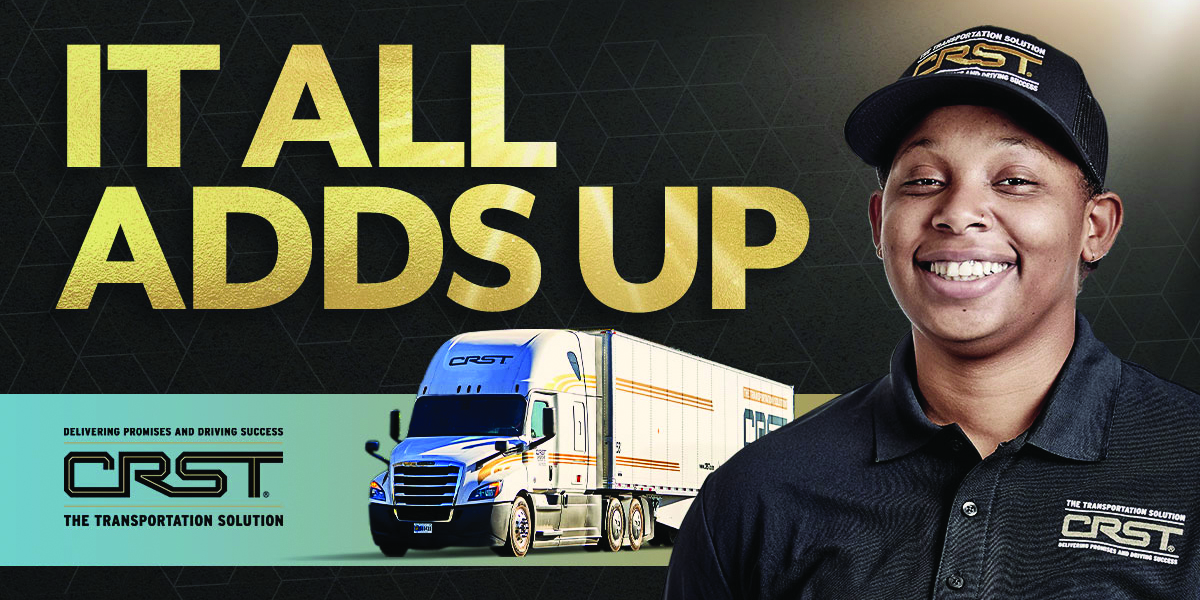Vermont Truckers Enjoy Home Time
Let’s face it. Vermont has many advantages, but a ripping race across the country to satisfy a fast-moving state economy just isn’t one of them.
The northeastern state is one of the smallest states in the nation.13 As the United States’ number one producer of maple syrup and known for its Ben & Jerry’s ice cream headquarters in Waterbury, the state seems pretty content with ‘at home good living.’ Not to mention, Montpelier, the smallest capital city in the U.S., is the only state capital without a McDonald’s.
Even without one of the world’s most recognized fast-food restaurants, Vermont’s fourteen counties, populated with about 624,000 residents, still rely heavily on major industries like manufacturing, agriculture, energy, technology, and service.
These industries give Vermont truckers just enough reason to haul freight using in-state regional routes or eastward toward New Hampshire and Maine. The state also has access to Canada as well the Ports of Boston and New York City.
Advocacy
The Vermont Truck & Bus Association (VTBA) is a non-profit trade association representing the transportation industry in Vermont. The association offers various services, programs, events, and training opportunities.
Services and Programs available to members are:
- Legislative Support
- Educational Services
- Drug & Alcohol Random Testing Program
- Dental Plan
- Forms and Supplies
- Newsletter
- Videos
- Fleet Insurance
- Voluntary Benefits
Freight Economics
Vermont’s economy offers work based on a few main products shipped by Vermont truck drivers. Some key freight includes:
- Integrated circuits
- Physical exercise equipment
- Aircraft including engines, parts
- Paper, paperboard
- Machinery to work rubber or plastics
- Spectrometers, spectrophotometers, spectrographs
- Food preparations for infants (for retail sale)
- Chocolate, food preparations including cocoa
Access
Vermont is bordered to the south by Massachusetts, the west by New York, the east by New Hampshire, and the north by Canada.
The state has about 29,273 total lane miles of roadway, offering truck drivers routes across and throughout the state. Main highways include:
- I-89 from White River Junction
- I-91 from Massachusetts border
- I-93 from New Hampshire border
Work and Wages
In 2018, 7.4 million Americans were employed by the trucking industry — 5.8% of the 129 million full-time jobs in America that year.
There are about 512 local truck driver jobs in Vermont, and the state’s average yearly salary for drivers is around $59,184.
In May 2020, the BLS reported a median annual salary of $47,130 for Heavy and Tractor-Trailer Truck Drivers.



